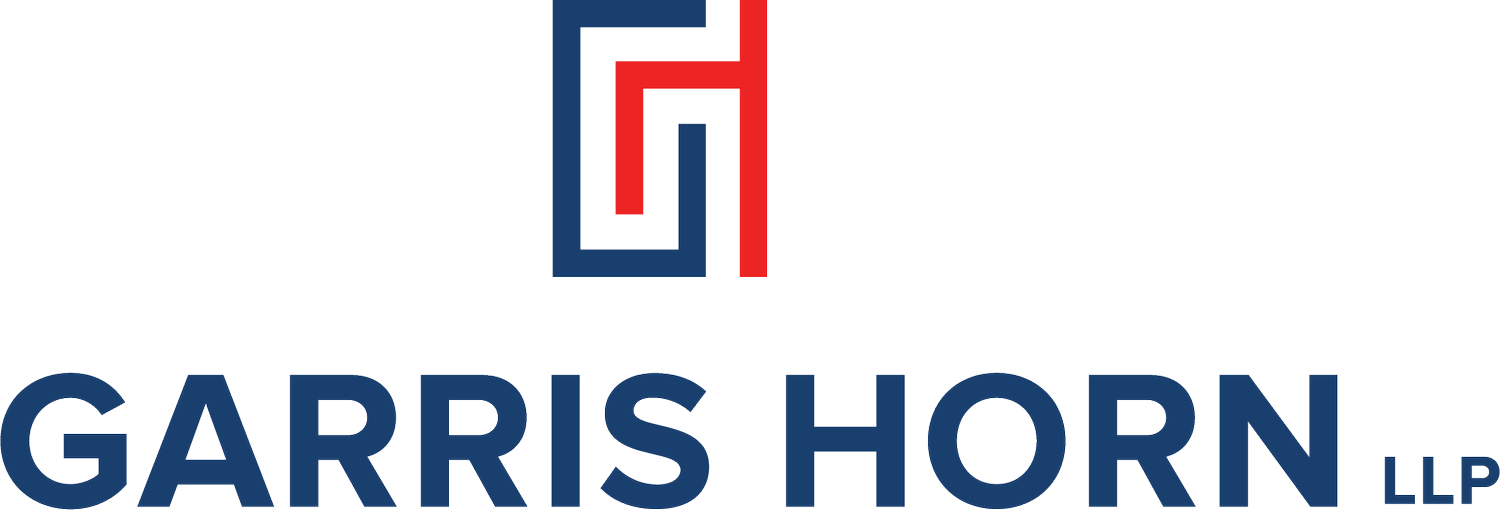CFPB Revises UDAAP Exam Manual to Consider Discrimination “Unfair”: The Expansion of Disparate Impact and Marketing Discrimination Theories Beyond Lending
The Consumer Financial Protection Bureau (CFPB) announced on Wednesday, March 16, 2022, that it has updated its Exam Manual for Unfair, Deceptive, or Abusive Acts or Practices (UDAAP) to state that discrimination can be “unfair” under the Dodd-Frank Act’s UDAAP prohibition. Specifically, the CFPB updated the Exam Manual to state that discrimination can meet the prongs of the “unfairness” definition because it may cause substantial injury to consumers that is not reasonably avoidable by consumers.
This move by the CFPB means that it will examine financial institutions for discrimination for all consumer financial products and services, rather than just credit products. As you may know, the Equal Credit Opportunity Act (ECOA) is the fair lending law that the CFPB has authority to enforce. ECOA applies to “credit.” But under the Dodd-Frank Act, the CFPB has supervisory and enforcement authority over consumer financial products and services generally. This move opens the door to enforcement against discrimination for products and services that are not “credit” under ECOA. The CFPB stated in a blog post today that the Dodd-Frank Act, “empowers us to identify, prohibit, and prosecute unfair, deceptive, and abusive acts or practices committed by any covered person or service provider in connection with any transaction for, or offer of, a consumer financial product or service.”
The CFPB’s press release gives an example of the types of discrimination it would look for, stating that, “denying access to a checking account because the individual is of a particular race could be an unfair practice even in those instances where ECOA may not apply.” Director Chopra also stated that, “[w]hen a person is denied access to a bank account because of their religion or race, this is unambiguously unfair.” The CFPB’s blog post also notes as potential targets the “widespread and growing reliance on machine learning models throughout the financial industry,” including “certain targeted advertising and marketing, based on machine learning models.” The blog post stated that the CFPB “will be closely examining companies’ reliance on automated decision-making models and any potential discriminatory outcomes.” This may signal the CFPB’s planned use of its marketing discrimination theory (or “modern-day redlining,” as the regulators call it) in connection with other consumer financial products. The CFPB has used this theory in recent cases, including the Townstone Financial case (our firm is counsel to Townstone Financial), which we’ve written about here, here, here, and here and discussed on our webinars. Although these past cases deal with mortgage lending and rely on HMDA data, it is possible the CFPB could aggressively expand the theory in new and unexpected ways.
In addition, significantly, the update to the Exam Manual states that, “consumers can be harmed by discrimination regardless of whether it is intentional.” This signals that the CFPB intends to use the disparate impact theory of discrimination under UDAAP. Director Chopra stated, “[w]e will be expanding our anti-discrimination efforts to combat discriminatory practices across the board in consumer finance.” We previously wrote here about the possibility of Director Chopra using UDAAP to enforce against discrimination using the disparate impact theory of discrimination.
The CFPB’s blog post also noted the CFPB’s small business loan data collection rule under Dodd-Frank Act section 1071. The CFPB stated that, “this rule would help provide valuable information to the CFPB, other government agencies, lenders, and the public to identify areas of business and community development needs, and to facilitate enforcement of fair lending laws.” The CFPB’s blog post also noted that, “vigorous enforcement of the ECOA continues to be essential for us to achieve broader equity and opportunity.”
You can find the CFPB’s press release and a link to the updated Exam Manual here.
If you would like to discuss any of the issues in this blog post, please email me at rich@garrishorn.com.
